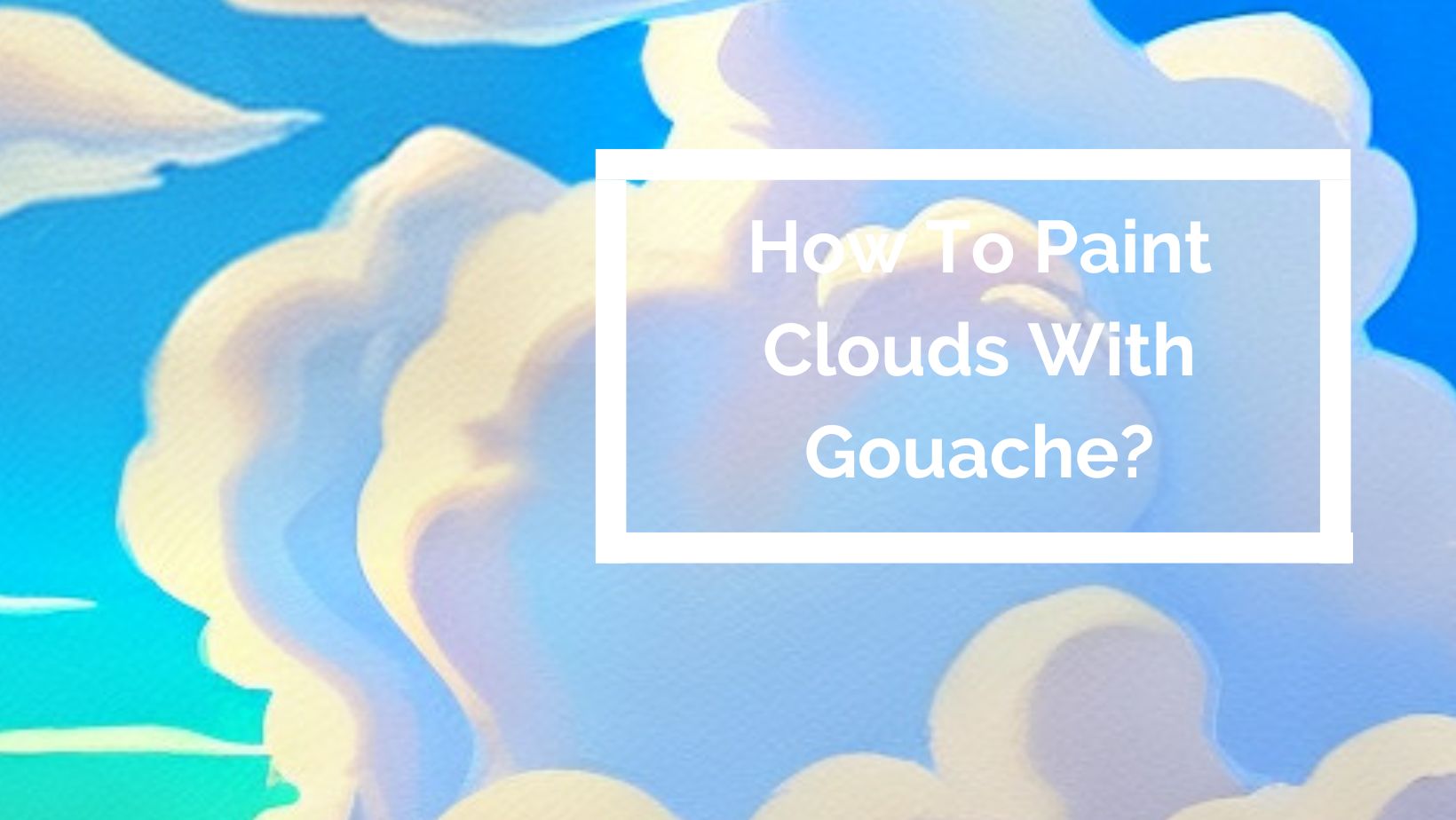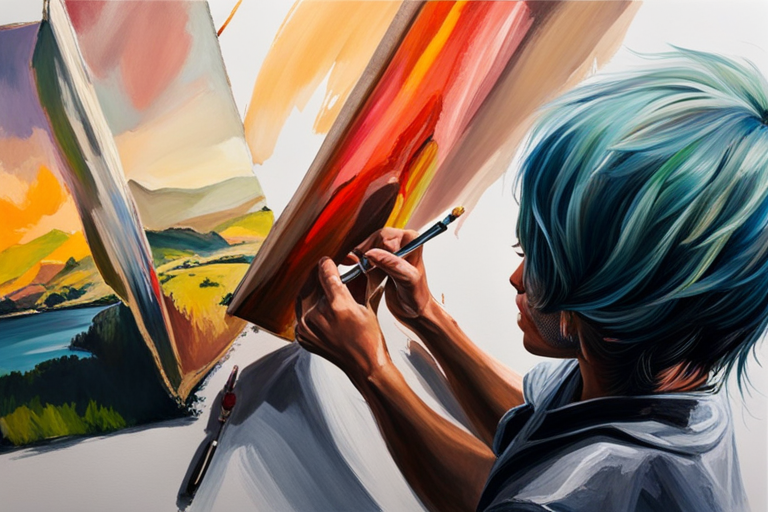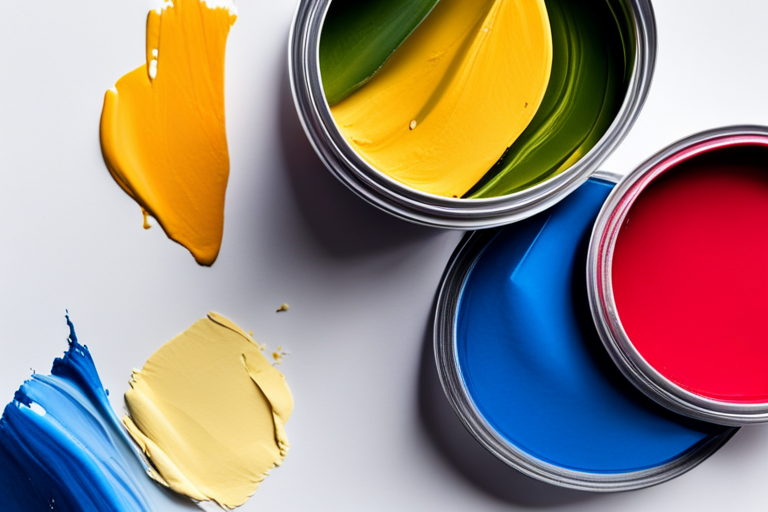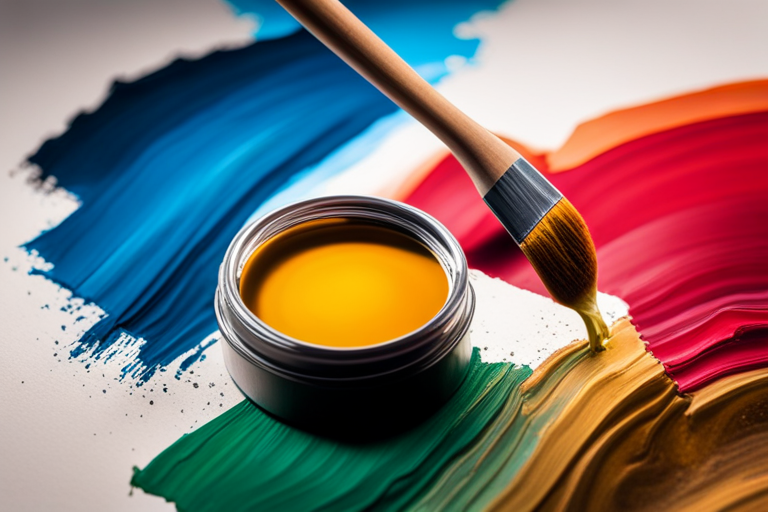Painting clouds with gouache can seem like an intimidating task, but with the right technique and approach, anyone can create beautiful and realistic-looking clouds. Gouache is a versatile medium that’s easy to work with and perfect for painting clouds due to its opacity and quick-drying properties.
Learning how to paint clouds with gouache is not only an excellent way to improve your painting skills, but it’s also a necessary skill for any aspiring landscape painter. The ability to accurately paint clouds can add depth, dimension, and atmosphere to your paintings, making them more captivating and engaging to the viewer.
In this blog post, we’ll explore the techniques and tools needed to paint stunning clouds with gouache, from basic cloud shapes to more intricate details. We’ll also cover how to use lighting and colors to create the illusion of depth and texture in your clouds. Whether you’re a beginner or a seasoned artist, this guide will provide you with the necessary tools and techniques to paint clouds with gouache like a pro.
A wet brush with a mix of white and blue gouache
A wet brush with a mix of white and blue gouache can create beautiful textured effects that can add depth and dimension to your artwork. Whether you are a seasoned artist or a beginner, mastering this technique is a must-have skill in your painting arsenal.
Here are some step-by-step tips to help you get started with this technique:
Step 1: Prepare your materials
It’s essential to have good-quality gouache and a fine brush to create the best effects. Ensure that you have a pot of clean water and paper towels ready to dry your brush.
Step 2: Mix the colors
Mix white and blue gouache together until you get the color you want. You can make the color lighter or darker by adding less or more white paint.
Step 3: Wet your brush
Dip your brush in clean water and shake off the excess. It’s essential to keep it wet throughout the painting process.
Step 4: Load your brush
Dip your brush in the gouache mixture and make sure it’s loaded evenly. Avoid applying too much pressure on the brush as it can alter the texture of the paint.
Step 5: Apply the paint
Apply the paint to your paper in short, quick strokes. Move your brush in different directions to add texture to the paint. It’s also essential to be deliberate with your strokes and not overwork the paint.
Step 6: Experiment with texture
You can experiment with different patterns and textures by varying the pressure and direction of your brush strokes. You can also use a dry brush to lift some of the paint and create a more subtle effect.
Wet brushing with white and blue gouache creates stunning effects that are sure to enhance any artwork you create. Experiment with different techniques, and don’t be afraid to make mistakes. With practice, you’ll be able to create beautiful and unique artwork that incorporates this technique.
Paint in the general shape of the cloud, then refine the details

Painting clouds can be a challenging task if you’re not sure where to start. However, knowing the right techniques can make the process much easier. One effective strategy that many artists use is to paint in the general shape of the cloud first, then refine the details.
Here are some key tips and useful information to keep in mind when using this approach.
1. Start with a plan – Before you begin painting, take a moment to plan out your composition. Decide on the size, shape, and position of your cloud, and sketch out a rough outline.
2. Choose your colors – Clouds come in all types of colors, from bright white to dark gray. Determine what colors you want to use and then mix them together to get the desired effect.
3. Paint in the general shape – Using a large brush or palette knife, paint in the general shape of your cloud. Don’t worry about the details at this point.
4. Add shadows and highlights – Once the basic shape is in place, start adding shadows and highlights to give the cloud more depth and dimension. Use a smaller brush or palette knife to add these details.
5. Refine the details – After the shadows and highlights are added, it’s time to start refining the details. Use a smaller brush to add finer details, such as wisps textures.
6. Practice makes perfect – Painting clouds can take a lot of practice. Don’t get discouraged if your first attempts don’t turn out the way you want. Keep practicing and experimenting until you find a technique that works for you.
A simple strategy for simplifying the process can be to paint in the general shape of the cloud before refining the details. With these tips in mind, you’ll be well on your way to creating stunning cloud paintings that capture the beauty of the sky.
Utilize a dry brush technique with lighter, more opaque gouache for highlights
Utilizing a dry brush technique with lighter, more opaque gouache for highlights is a crucial element of creating stunning paintings. This process involves using a dry brush with gouache paint to achieve a textured and more intensive look. The technique adds vibrancy and contrasts to your artwork.
Here are some important key factors, details, and useful information to keep in mind while practicing this technique:
1) Choose a high-quality brush to ensure optimum results. A flat brush with synthetic bristles is an excellent choice.
2) Allow the paint to dry out before applying the dry brush technique. Gouache is a more opaque medium, which means it is less transparent than watercolor. This property makes gouache ideal for dry brush techniques as it does not drip easily.
3) Apply the paint in the direction of the subject. Suppose you’re painting a landscape, brush the foliage in the growth direction for a more natural texture. Similarly, if painting an animal, use dry brush strokes in the direction of fur to achieve a realistic look.
4) The amount of pressure you apply with the dry brush determines the texture and intensity of gouache paint. Experiment with different levels of dry brushing and pressure to create a range of tones.
5) Use the dry brush technique to add highlights to your work. Apply light layers of opaque gouache paint to the high or reflective area of your painting.
6) Remember that the technique may not be suitable for watercolor-based work as it can disrupt delicate pigments.
As a result of using a dry brush technique to highlight paintings with lighter, more opaque gouache, texture, depth, and contrast are created. It is an essential tool for artists looking to create striking artworks.
Final Thoughts
Finally, painting clouds with gouache seems daunting at first, but with the right tools and techniques, any artist can create stunning, realistic cloud formations. Using a wet brush to outline the general shape, refining details, and using a dry brush for highlights are all crucial steps in achieving the desired result.
Whether you’re a professional artist or just starting out, learning how to paint clouds with gouache can not only improve your artistic abilities but also spark creativity and bring a sense of tranquility to your life. So grab your gouache paints and start exploring the vast and wondrous world of cloud painting today!




Leave a Reply